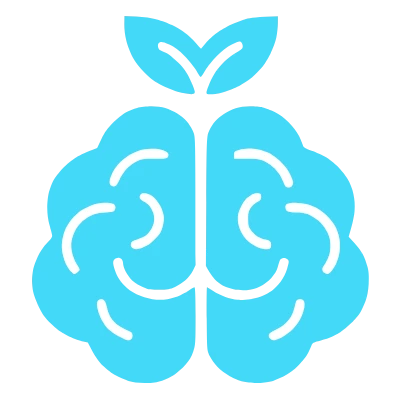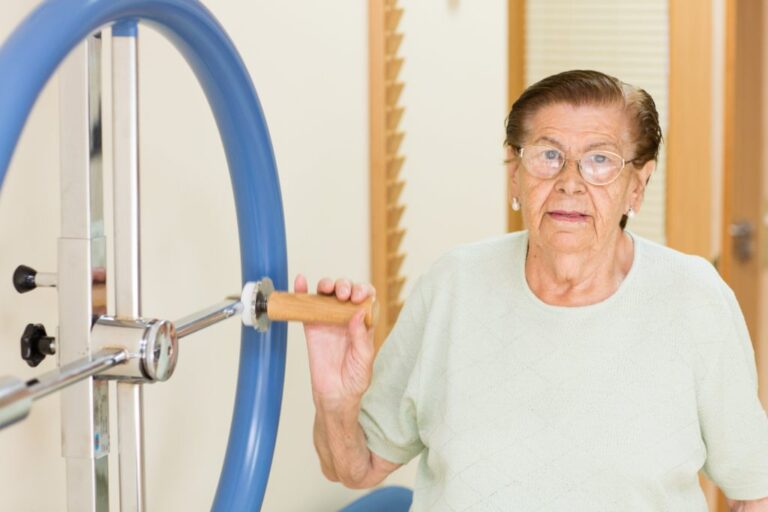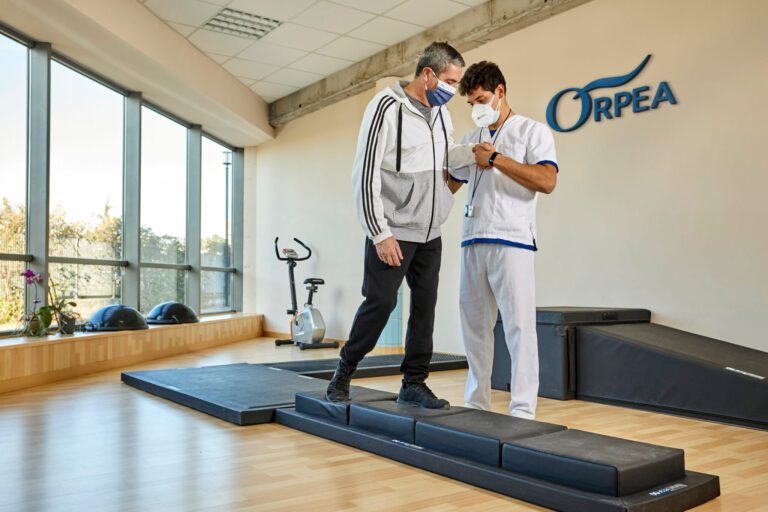The benefits of animal therapy for older people are indisputable. The emotional bond that arises between people and animals is unconditional and very beneficial. In fact, numerous studies ensure that spending time with pets helps reduce blood pressure and heart rate. In addition, enjoying their company reduces stress and anxiety, which improves well-being and quality of life. It also combats loneliness in older people and prevents a sedentary lifestyle.
Our professionals have proven that the emotional bonds generated in Animal Assisted Therapies (AAT) “offer us an inexhaustible source of therapeutic resources to address different pathologies. And what is even better, they help us involve the resident in the proposed therapy in a subtle way but that, in a very short time, provides physical, social, emotional and cognitive benefits to our residents,” says the occupational therapist of nami-dac.
Animal therapies are direct interventions with defined objectives, in which animals that meet specific criteria participate. In this sense, Rocío emphasizes the importance of having prior planning and a structured therapeutic program, “as well as monitoring, recording and evaluating the results. And most importantly, the controlled participation of an animal, which works as a facilitator to achieve our objectives.” Although dogs and cats are the most common animals in this type of therapy, birds, ferrets, etc. can also be involved.
Animal therapies have become, therefore, another alternative to work with residents to improve their quality of life. “At NAMI we promote and motivate healthy and beneficial therapies. We try to make the sessions fun and we try to create a special connection between the animals and our users,” emphasizes Rocío.
Response of residents with dementia
The physical and cognitive response to animal therapies is especially positive in people with Alzheimer’s or advanced dementia. “Many users have demonstrated a strong emotional bond with the cats and dogs that visit us. The residents transmit to us the good memories they have had in their youth with an animal and that bond is innate and it is even common for residents with dementia to remember what their pet’s name was,” the therapist acknowledges.
What’s more, the therapist assures that this relationship of affinity is so strong that she has managed, in very few sessions, to “generate a level of stimulation so high as to observe results in a short time. These connections generate feelings, memories and affection, which we then see reflected in other activities with the rest of our classmates.”
Main benefits of animal therapies
Practically all residents can participate in animal-assisted therapy, since its therapeutic purposes and benefits are numerous:
- Increases mobility and improves functional abilities. For example, when a resident pets a cat, they are working on the functional recovery of their hand.
- Improves cognitive functions, through exercises that generate an emotional connection with users who are more cognitively affected. Having contact with dogs and cats again allows them to remember and stimulate memory.
- During therapy, residents express emotions: they receive and give affection, which allows to enhance the social and communication skills of the resident, as well as their interaction with the environment.
- Walking dogs, feeding them or brushing their hair makes dependent people become caregivers, which improves their self-esteem.
- Reduces the feeling of loneliness. Stress indices and depression symptoms decrease. This allows the reduction of medication use.
“As these activities are very fun and entertaining, they are very well received by residents. This allows us to create positive reinforcement in the resident, who wants to repeat the activity and, in this way, we achieve the objectives related to physical and cognitive rehabilitation. Obviously, each activity is adapted to the capabilities and degree of dependency of the resident,” explains Rocío Rodríguez.
In NAMI, the implementation of animal therapy has been very satisfactory. “All staff observe the results of this type of dynamics, in which we invite families to participate,” he concludes.






